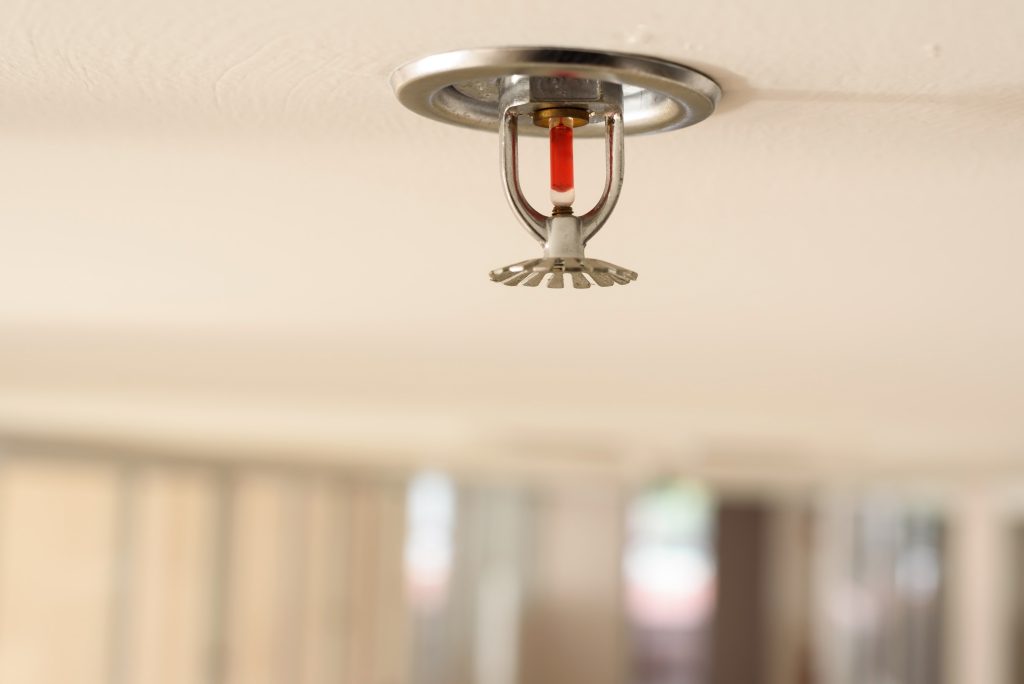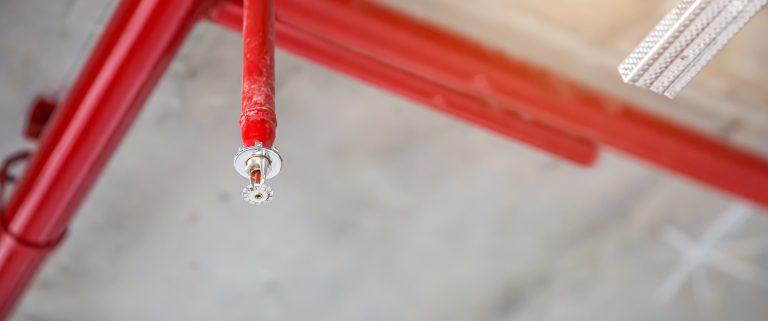
Sprinkler System
Fire sprinkler systems are an active fire protection method, consisting of a water supply system that is used to extinguish or control fires.
Sprinklers work by releasing water continuously over the course of a fire. These sprinklers release water in the form of a spray or an aerosol. The spray provides coverage over a larger area and can be directed around obstacles, while the aerosol provides coverage in a specific direction only. Sprinklers are designed to operate in high heat environments with low air pressure.

Sprinkler systems are a key component in fire protection and prevention. When a fire breaks out, sprinklers activate to release water on the fire and prevent its expansion. The sprinklers are connected to piping and usually contain water supplied from the water mains or a reservoir.
A sprinkler is a device that sprays water on the ground in an area to limit and control the spread of fire. The sprinklers usually operate when smoke or heat has been detected by a fire alarm system, or when someone has pulled the manual fire alarm of a building.
Each closed-head sprinkler is held closed by either a heat-sensitive glass bulb or a two-part metal link held together with fusible alloy. The glass bulb or link applies pressure to a pipe cap which acts as a plug which prevents water from flowing until the ambient temperature around the sprinkler reaches the design activation temperature of the individual sprinkler head. In a standard wet-pipe sprinkler system, each sprinkler activates independently when the predetermined heat level is reached. Thus, only sprinklers near the fire will operate, normally just one or two. This maximizes water pressure over the point of fire origin, and minimizes water damage to the building.
A sprinkler activation will do less water damage than a fire department hose stream, which provide approximately 900 litres/min (250 US gallons/min). A typical sprinkler used for industrial manufacturing occupancies discharge about 75–150 litres/min (20–40 US gallons/min). However, a typical Early Suppression Fast Response (ESFR) sprinkler at a pressure of 50 psi (340 kPa) will discharge approximately 380 litres per minute (100 US gal/min). In addition, a sprinkler will usually activate within one to four minutes of the fire’s start, whereas it typically takes at least five minutes for a fire department to register an alarm and drive to the fire site, and an additional ten minutes to set up equipment and apply hose streams to the fire. This additional time can result in a much larger fire, requiring much more water to extinguish.
